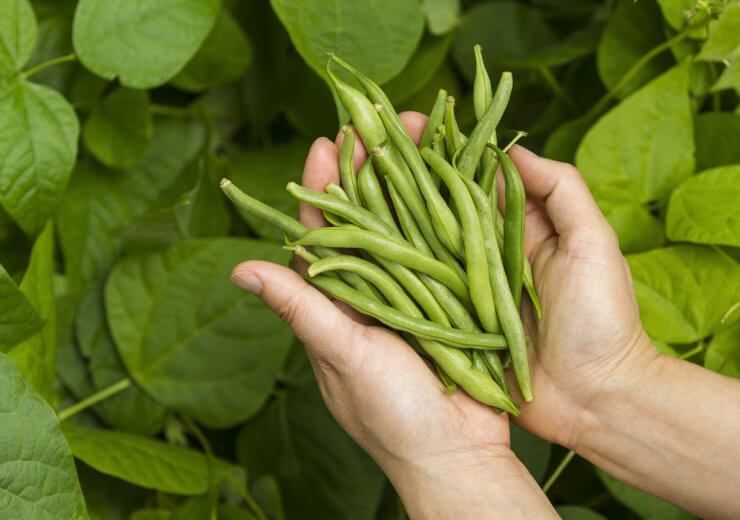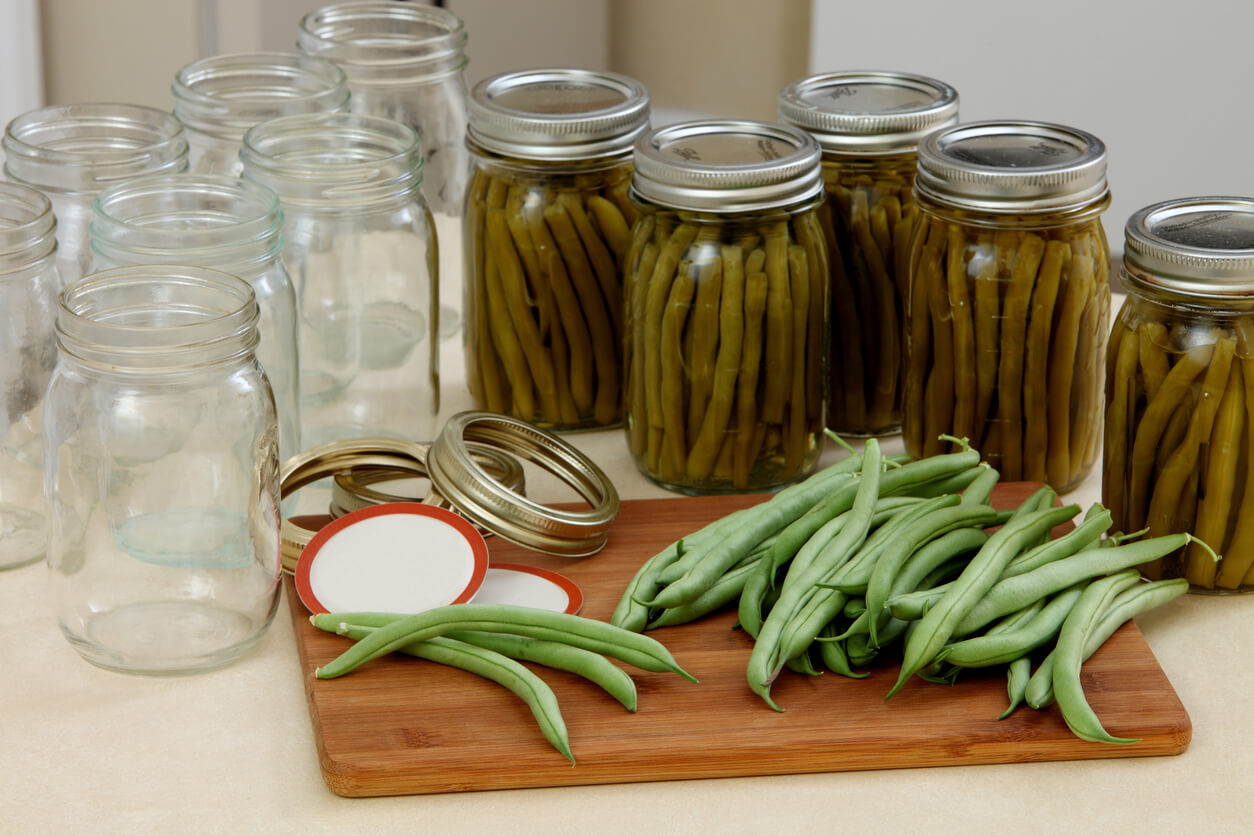
Let’s talk about beans. Dry beans, green beans, snap beans, bush beans, pole beans … there’s no shortage of beans. But what’s the best way to preserve beans?
I love beans. They’re fun to grow, they’re actually quite beautiful on the vine, they make great garden companions, and beans are super versatile in the kitchen. Anything from a simple dish of beans and rice to a hearty bean stew to bean burgers, beans offer a little something for almost everyone.
As much as I love beans, I can’t always use them right away. Luckily, beans are relatively easy to store. So what’s the best way to preserve beans?
Discover 7 top tips for growing, harvesting, and enjoying tomatoes from your home garden—when you access the FREE guide The Best Way to Grow Tomatoes, right now!

Discover your best way to preserve beans so you can enjoy them later
There are a few ways to preserve beans, so I’ll share them and then leave it to you to decide which is the best way to preserve beans for you.
Dry beans
Dry beans are easy to store and have a long shelf life. For these beans, such as pinto, kidney, Jacob’s Cattle, Scarlet Runner, and so on, let them dry on the vine. Once you can hear them rattle when you shake the pod, they are ready to harvest. If you end up with some that aren’t thoroughly dried, you can finish drying them in the sun by setting them out on a window screen suspended between two chairs or something so that air can get underneath.
Once your beans are dry, you can treat them for insects and eggs by placing them in a single layer on a baking sheet and heating them at 160 degrees Fahrenheit for 30 minutes. Another option is to seal them in a freezer bag, turn your freezer temperature down to 0 degrees Fahrenheit, and leave them there for at least two full days.
After your beans are dry and treated, store them in an airtight, non-metal jar in a cool, dark place, such as your cold storage or in a pantry. They should be good for about a year.
Green beans
Green beans, like Kentucky Wonder or Blue Lake, are also easy to store. They just take a little preparation. You have a couple of options here.
The best way to preserve beans like these is by freezing them. Or rather, if you’re not into the idea of pressure canning, freezing is the best option. To freeze your beans, wash them and cut them into 2- to 4-inch lengths.
Then blanch them for three minutes. Cool the beans right away, and once they’re cool, you can finally say, “Cool beans!” Okay, you don’t have to do that, but you can. At this point, dry the beans and spread them on a baking sheet in a single layer. Freeze them for about an hour. They should be frozen but not dried out.
Freezing them like this will help keep them from clumping up into big frozen blocks of beans, and they’ll be easier to use later. Place them in freezer bags, removing as much air as possible. Label the bag, and you’re done!
Your frozen beans will keep for about a year, so you’ll have plenty of time to enjoy them.
Green beans, part 2
If you don’t like the idea of freezing your vegetables, the best way to preserve beans is to can them. However, and this is very important, you MUST use a pressure canner to safely can green beans. A boiling water bath or steam canner will not kill the toxin that causes botulism.
When it comes to canning, we refer to the University of Georgia’s National Center for Home Food Preservation. You can reference their recipe for canning green beans here. They also have a wealth of information on pressure canning, including how to use a pressure canner.
It can seem a little intimidating at first, but once you get used to it, pressure canning can be a great way to preserve a lot of different vegetables. Oh! And if you can your green beans, they’ll be good for about a year.
Do you have a preferred way to preserve beans or other vegetables? Please let us know in the
comments below.
Note: Food Gardening Network contains links to affiliate websites, including Amazon and Rakuten Affiliate Network, and we may receive a commission for any eligible purchases made by you through links on this page. Any reviews are based on honest reviews of the products.
Discover 7 top tips for growing, harvesting, and enjoying tomatoes from your home garden—when you access the FREE guide The Best Way to Grow Tomatoes, right now!




